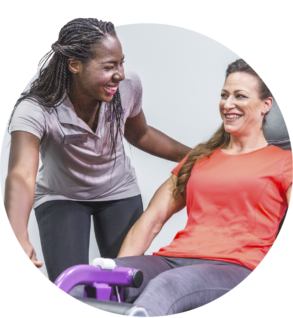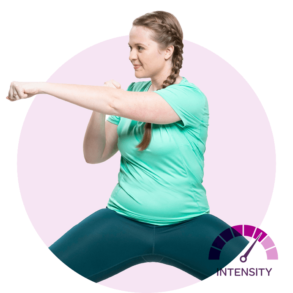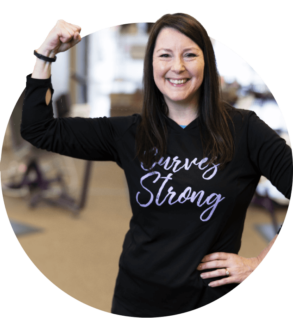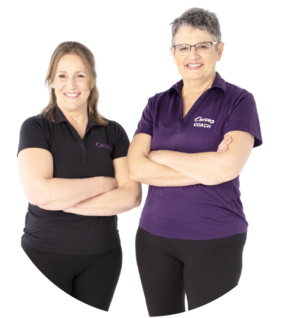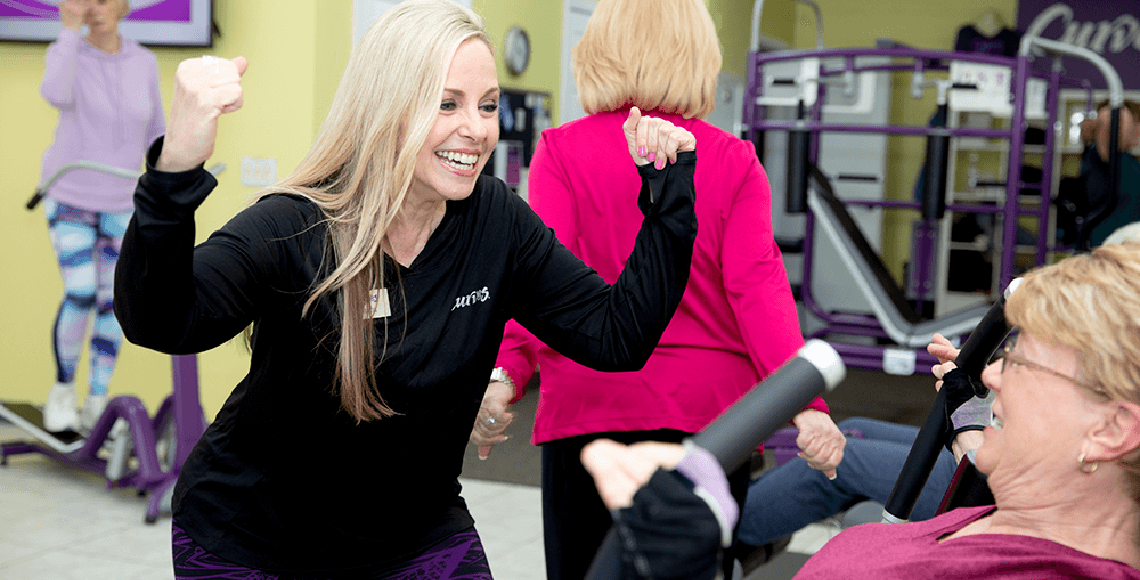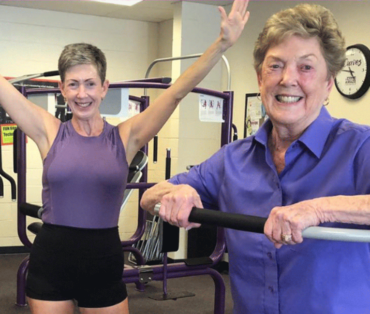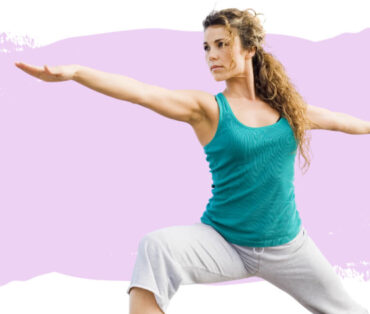Exercises for Arthritis and Joint Pain
In older adults, joint pain seems to be as common as gray hair. Regardless of your level of activity, your hips, knees, and back can get stiff and sore. The advice used to be to avoid activity with arthritis and other types of joint pain. Those days are gone. Today, experts say one of the best things you can do for arthritic joints is keep them moving. Exercise is now considered the best type of non-drug treatment for reducing the pain and improving range of motion in people with arthritis-related joint pain. 1
Why is exercise so beneficial for sore joints? Exercising with arthritis does a number of good things, including to help the following:
- Boosts your energy
- Maintain strong and healthy bones
- Strengthens the muscles around your joints
- Aids in weight control
- Improves balance
- Increases your overall quality of life
- Better and restful sleep
What are the best types of exercises for joint pain?
The Arthritis Foundation recommends a range of exercises suitable for people with arthritis, all of which you can do at a Curves womens gym or with MyCurves On Demand at-home:
Flexibility exercises for arthritis
Flexibility exercises help your joints stay pliable and functional. They include gentle stretches and other movements that take joints through their full range of motion.
Strength exercises for arthritis
Strength exercises like the resistance moves you engage in as part of the Curves circuit and with MyCurves On Demand help preserve and improve muscle strength. Strong muscles help protect and support joints.
Cardiovascular exercise for arthritis.
Cardio exercises work the heart and lungs, build stamina, and help maintain a healthy weight. Weight control is important for people with arthritis or joint pain because it lessens the pressure on the knees, back, and hips. Examples of cardio exercise suitable for people with arthritis or joint pain include walking, biking, jogging, swimming, and sweating it out in a Curves Cardio class. The Arthritis Foundation recommends 150 minutes a week of moderate-intensity cardio exercise or 75 minutes of vigorous intensity exercise per week. 2
With all these benefits in mind, Curves has exercises and programs designed specifically to strengthen sore joints in members with arthritis. Your Curves coach can help you design the perfect combination of moves for you.
Remember, before you start a new workout plan, make sure you check with your health care provider, especially if you have arthritis or a type of acute joint pain. 3 Aside from arthritis, joint pain can have a number of causes, including bone cancer, lupus and other autoimmune disease, and gout, just to name a few, so it’s important to rule these out before you start exercising while experiencing joint pain. 4
Also keep in mind, if you experience pain in a joint as you are doing a certain activity—particularly if the pain gets worse—that’s a sign you should take a break.
Specific Exercises for Joint Pain
Multiple studies show that strength training, aerobic exercise, and flexibility exercises are all good for people with arthritis. These exercises for joint pain can help you feel better, increase your range of motion, and boost your overall quality of life.
In a study published in Rheumatology International, researchers looked at exercises for knees with arthritis. They compared the effectiveness of a walking program, a home-based program, and no exercise in people with arthritis of the knee. They found those who walked or did the home-based program saw more significant improvements in pain than did the participants who did not exercise. The walkers saw the greatest benefits. The take-home message: any activity is better than none when it comes to exercising with arthritis. 5
In addition to walking and engaging in other cardio, it’s important to strengthen the muscles around the joints with strength exercises like those you perform as part of the Curves circuit. For example, the leg extension/leg curl machine at Curves builds strong legs, making it a great exercise for knees with arthritis.
In a 2017 study, researchers found people who engaged in progressively more intense resistance training over six weeks saw improvements in their arthritis pain. 6
Here are a few good strength moves for arthritic joints:
Exercises for sore hips:
Bridge lift: Lie flat on your back on a mat or the floor. Bend your knees and place your feet flat on the floor, your palms down hear your hips. Keeping your back straight, lift your hips and glutes as high off the mat as you can, using your hands for balance. Then lower your hips back to the floor. Do four to six reps. 7
Hip extension: While standing, use the back of a chair to balance yourself, bend forward slightly, and lift your right leg straight behind you as you tighten your glutes. Lift your leg as high as you can without bending your leg or arching your back. Hold that position for two seconds, then lower your leg to the floor. Repeat with your other leg. Do four to six reps on each side. 8
Exercises for back pain:
W stretch: Stand with your arms at your sides, your elbows in, and your palms facing out. Your elbows should make a W toward your waist. Move your elbows gently backward until you feel your shoulder blades squeezing together. Hold for three seconds, then release. Do four to six reps. 9
Side stretch: Stand upright, feet hip-distance apart. Extend one arm up overhead leading slightly so you are stretching down the side of your body. Slowly return to the standing position before repeating on the other side. 10
Exercises for knees with arthritis:
Leg raise: Lie flat on your back on your floor or a mat with your arms at your sides, feet flexed. Tighten your right leg muscles and slowly lift your right leg off the mat, keeping it straight. Tighten your ab muscles to push your lower back down. Hold for five seconds, then lower your leg slowly back down. Repeat on the opposite side. Do four sets on each side. 11
Mini-squat: Stand with your feet shoulder-width apart and your arms stretched out in front of you. Slowly bend your knees so you are in a half-sitting position, keeping your back straight and your chest lifted. Hold on to a chair for balance if you need to. Hold for five seconds, then slowly rise back up. Do 10 repetitions. 12
Remember, just like not everyone’s arthritis symptoms are the same, different women respond to different exercises for painful knees, exercises for back pain, or exercises for sore hips, depending on what their specific arthritis ailments may be. Discuss your exercise plan with your doctor or physical therapist, and don’t forget, your Curves Coach is always standing by with targeted workout advice, too.
Your Curves Coach is there to lead you through every gym workout. With your Curves Coach success is within reach. Visit ‘Why Curves’ to find out more about Curves women’s only gyms and our full body workout on the Curves Circuit, or find your local Curves and sign up today!
Sources:
- Benefits of Exercise for Osteoarthritis
- Benefits of Exercise for Osteoarthritis
- Benefits of Exercise for Osteoarthritis
- Joint Pain
- Effectiveness of a home-based exercise therapy and walking program on osteoarthritis of the knee
- Progressive resistance training (PRT) improves rheumatoid arthritis outcomes: A district general hospital (DGH) model
- Muscle strengthening exercises
- Side stretches
- Exercising at home or work
- Exercisng at home or work

